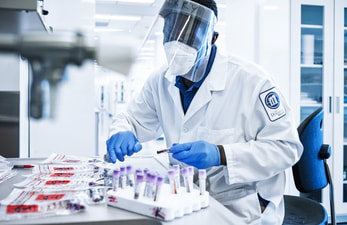When we exercise, the levels of thousands of substances in our bloodstream rise and drop, according to an eye-opening new study of the immediate, interior effects of working out. The study is the most comprehensive cataloging to date of the molecular changes that occur during and after exercise and underscores how consequential activity — and inactivity — may be for our bodies and health.
We have reams of evidence that exercise alters our metabolisms, muscles, genes and immune responses. But only in recent years, with the development of new techniques, have scientists been able to quantify more of the steps involved.
For the new study, published in Cell, scientists at Stanford University and other institutions tried to complete a full census of almost every molecule that changes when we work out. They already had been quantifying health data from a group of about 100 adult men and women. They chose 36 of them, representing an age range between 40 and 75 and a full spectrum of fitness and metabolic health.
After drawing blood from each volunteer before and after exercise, researchers measured the levels of 17,662 different molecules. Of these, 9,815 — or more than half — changed after exercise. The types of molecules ranged widely, with some involved in fueling and metabolism, others in immune response, tissue repair or appetite. And within those categories, molecular levels coursed and changed during the hour.
“It was like a symphony,” said Michael Snyder, the chair of the genetics department at Stanford University.
Different people’s blood followed different orchestrations. Those who showed signs of insulin resistance, for instance, tended to show smaller increases in some of the molecules related to healthy blood sugar control and higher increases in molecules involved in inflammation, suggesting that they were somewhat resistant to the general, beneficial effects of exercise.
Overall, the researchers were taken aback by the magnitude of the changes, Snyder said. “I had thought, it’s only about nine minutes of exercise, how much is going to change? A lot, as it turns out.”







 RSS Feed
RSS Feed